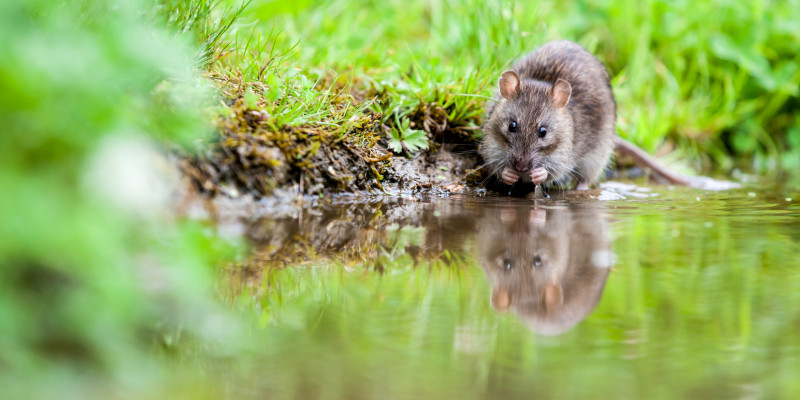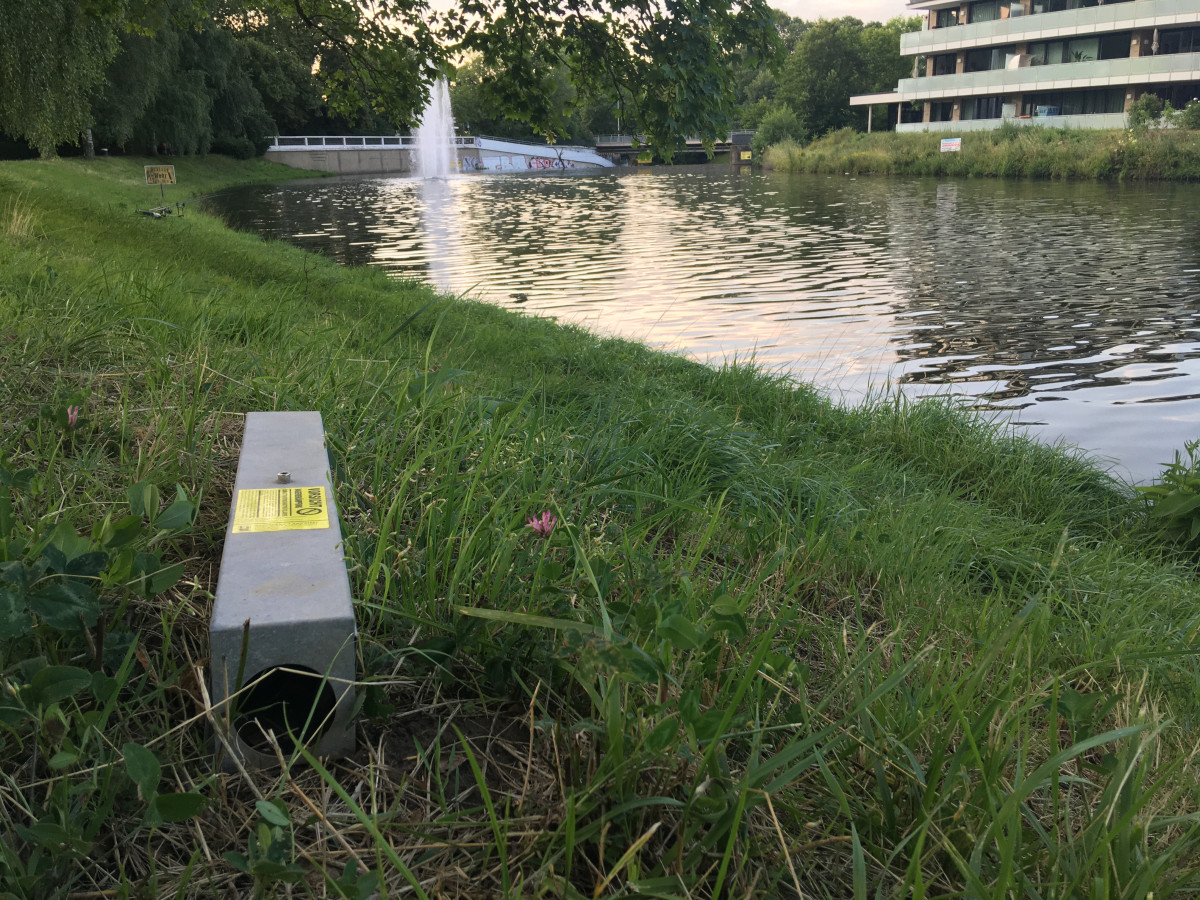Urban rats are a global phenomenon. No one knows exactly how many there are. In some places, reports of rat sightings are increasing, while in other cities they are declining or remain consistently low. One thing that is clear: the size of the rat population is determined by their available food supply. In urban areas, rats mainly subsist on food scraps from the rubbish, as well as compost or pet food. A growing urban population, global warming, and urbanisation are making cities increasingly rat-friendly. To protect public health and prevent damage to infrastructure, some municipalities are focusing on prevention through education, building and sewer maintenance, and other measures such as rat-proof bins. However, many municipalities simply respond to the pests with rat poison, also known as rodenticide.
Commonly used rodenticides are harmful to reproduction, degrade very poorly in the environment, and accumulate in living organisms. According to current EU law, in exceptional cases, the use of such pest control agents is still permitted for a limited period. Pest control operations typically place poison baits in sewers or near bodies of water, where rats are commonly found. When these baits come into contact with water, the poison dissolves and then its active ingredients are released into the water cycle.
Although the baits contain only small amounts of these highly toxic active substances, traces of them have been widely detected in various wild animals, such as robins, shrews, red kites, and foxes. Residues of these substances have also been detected in wild fish from rivers like the Danube, Rhine, Moselle, and Elbe. A research project conducted by the German Federal Institute of Hydrology (BfG) and the Bavarian Environment Agency (LfU Bayern) on behalf of the German Environment Agency (UBA ), investigated the impacts of rat poison residues on fish health under controlled laboratory conditions.
As with rats and mice, rat poison also causes delayed inhibition of blood clotting, anaemia, internal and external bleeding, and, ultimately, death in fish. Such health effects were observed in experimental long-term studies in which rainbow trout were administered brodifacoum, a common biocidal active ingredient in rodenticides that accumulates in the liver. In wild fish, brodifacoum concentrations have been detected that, in laboratory experiments, led to measurable anticoagulation, internal bleeding, and, in some cases, even death.
Researchers also examined liver samples from otters that had been killed in traffic accidents. Anticoagulants used for rat control were found in these otters — in some cases at much higher concentrations than in the wild fish studied. Otters, which are strictly protected in Germany, are at the top of the food chain in aquatic environments and feed mainly on fish. The detected concentrations of active substances show that accumulation is indeed occuring along the food chain. It is therefore likely that the active substances were absorbed from their food. Researchers also detected rodenticides in liver samples from cormorants and goosanders — two species of fish-eating waterfowl — further supporting the conclusion that the substances found ultimately originate from the contamination of aquatic environments.
Currently, applications for the renewal of rodenticide approvals are being assessed throughout the EU. The process involves a comprehensive reassessment of existing approvals, as well as taking new scientific findings and new guidelines into account. The authorities responsible for approving biocidal products have announced stricter measures in order to protect aquatic environments. Waterproof bait protection stations are already available and in use in many municipalities. The stations prevent poison baits from coming into contact with water, even during heavy rainfall or flooding of sewer systems. Starting in 2026, their use in sewers and along waterfronts will be mandatory.
Given the alarming properties of rodenticides, their widespread presence in the environment and their impact on wildlife, municipal rat management as a whole needs to become more sustainable and holistic. Current research suggests that using poison to control rats — which breed rapidly — isn’t a sustainable way to permanently reduce their numbers in cities.
Over the long term, it is more effective to deprive the animals of food sources and places to nest. And especially when it comes to preventing rat and mouse infestations, the general public can play a crucial role. City residents and authorities must work together to ensure that food scraps are disposed of in rat-proof bins, illegal dumping is cleaned up, wildlife feeding is avoided as much as possible, rodent entry points in buildings are sealed, and food waste is properly disposed of in a compost bin—not in a toilet or on a compost heap. Through coordinated action by city authorities and conscious waste handling by the public, everyone can help curb the rat population and keep the use of environmentally harmful rat poison to an absolute minimum.
Further information:
The research results have been published in several scientific articles and are now available summarised in German as a final report.
 Click to enlarge
Click to enlarge

